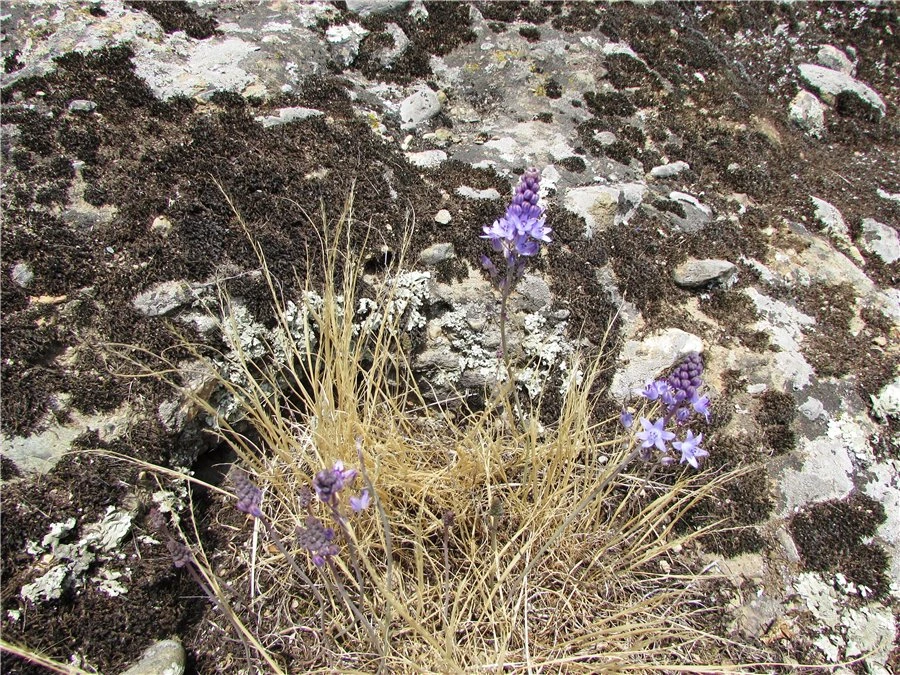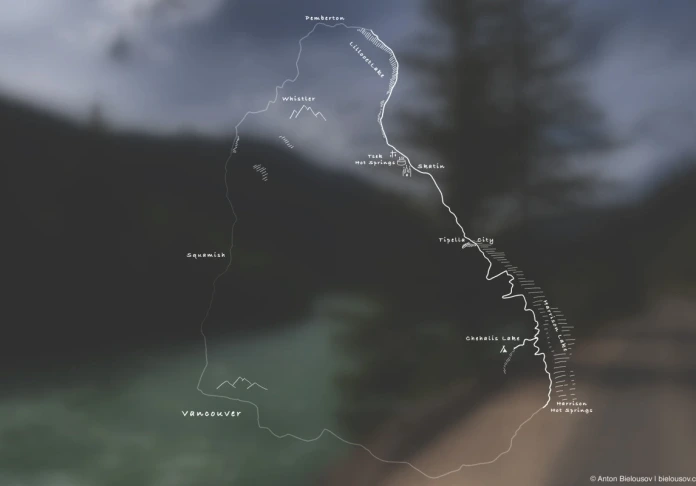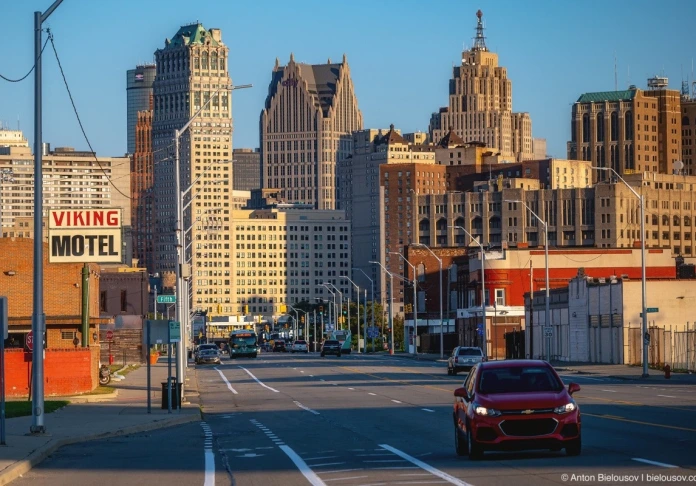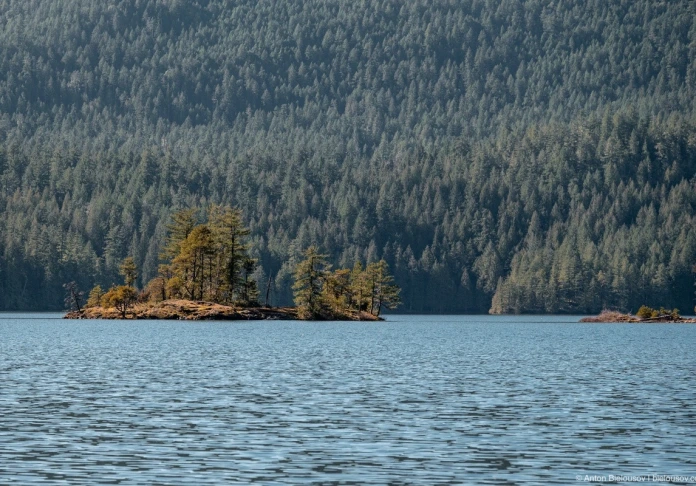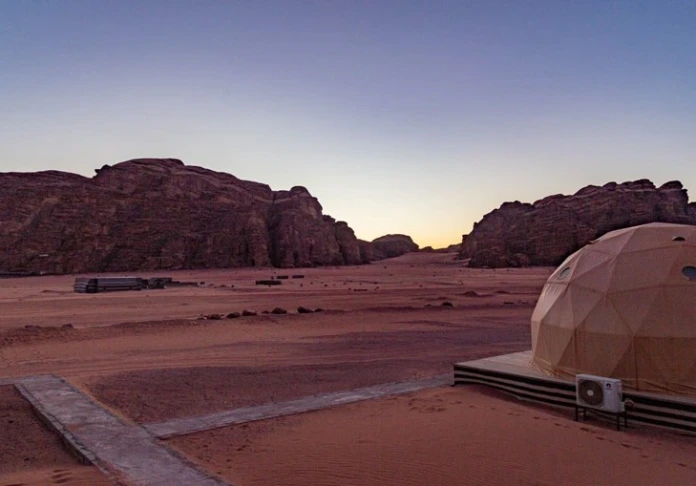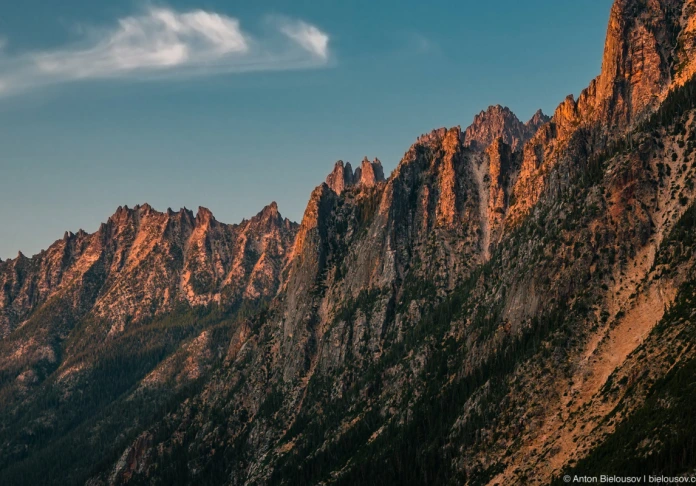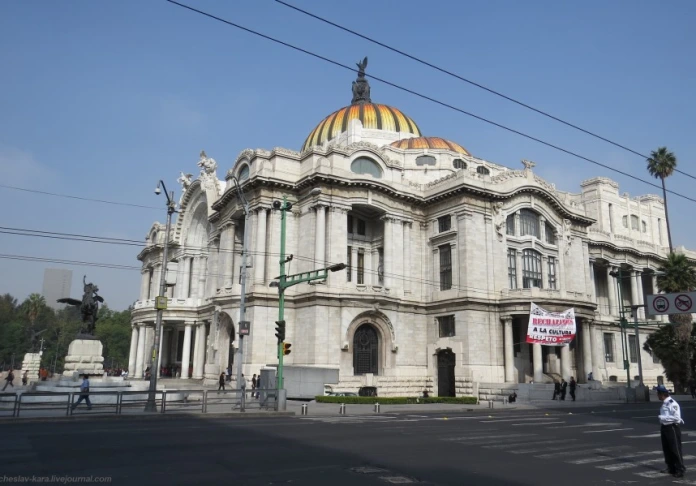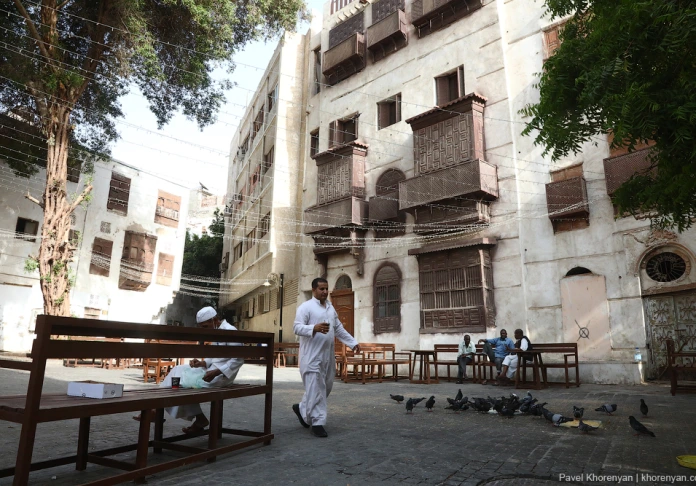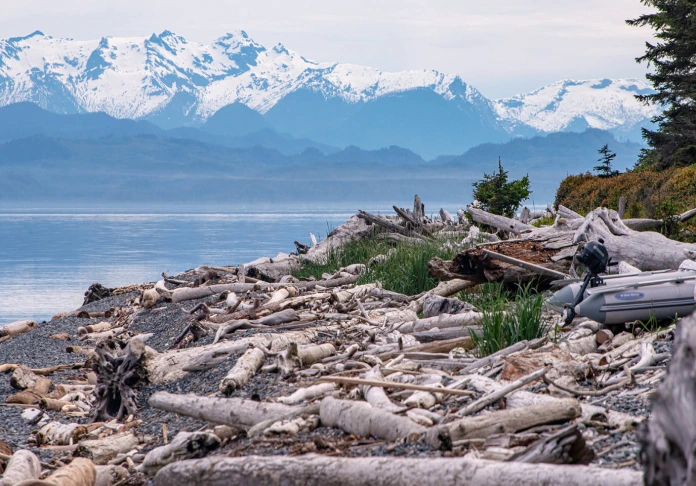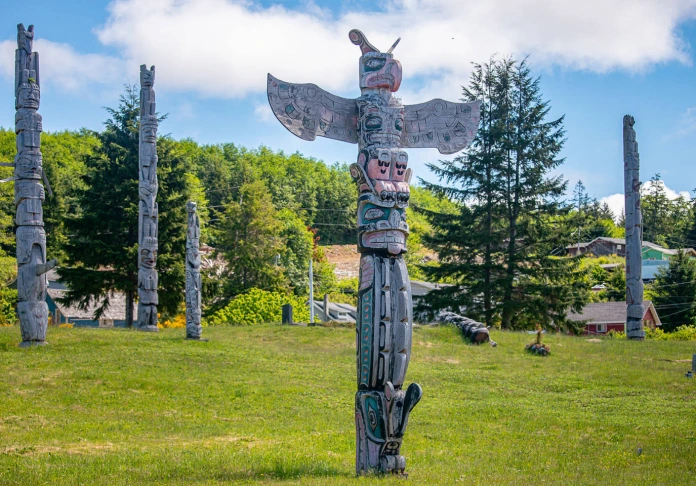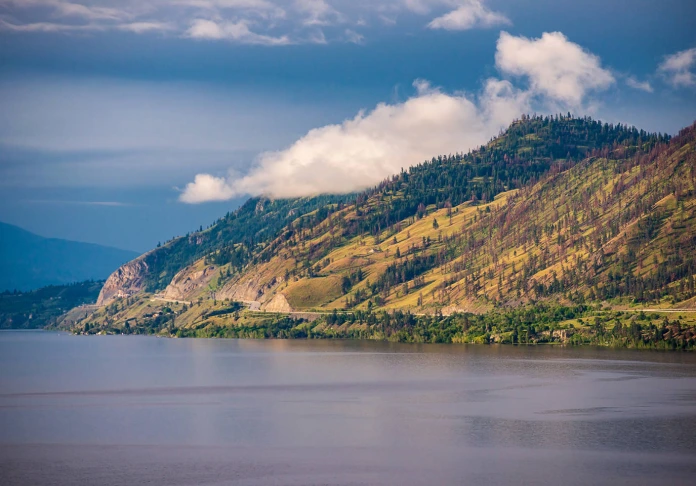Meteors: over time and space
In Meteora we were advised to go to everything. "You know, there are breathtaking, we call meteors eighth wonder of the world, go by all means," - a very convincing broadcast guide. And just pathetically he added: "Departure 5.40 am." Of course, we looked at each other, but still agreed to without even thinking how to go there. Already in the bus we knew - 350 km in one direction. And they say that Europe has little!
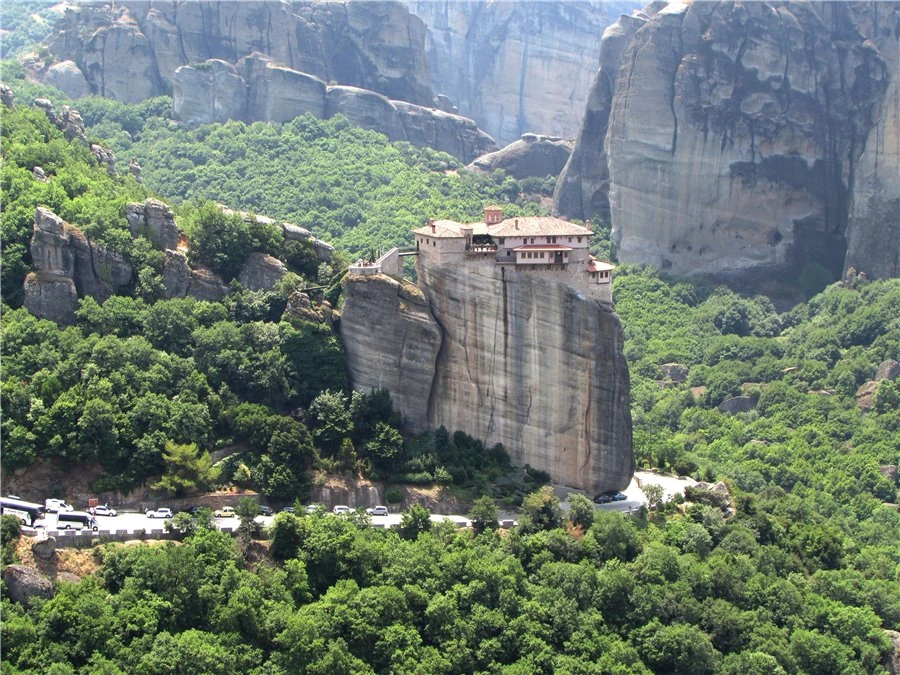
But the trip was not tiring, very interesting: the window float Byzantine fortress and modern towns, wild ravines and tidy fields. Most of the way we're going for the Greek National Road - a highway toll quality appropriate, and the rest of the road it is almost not inferior.
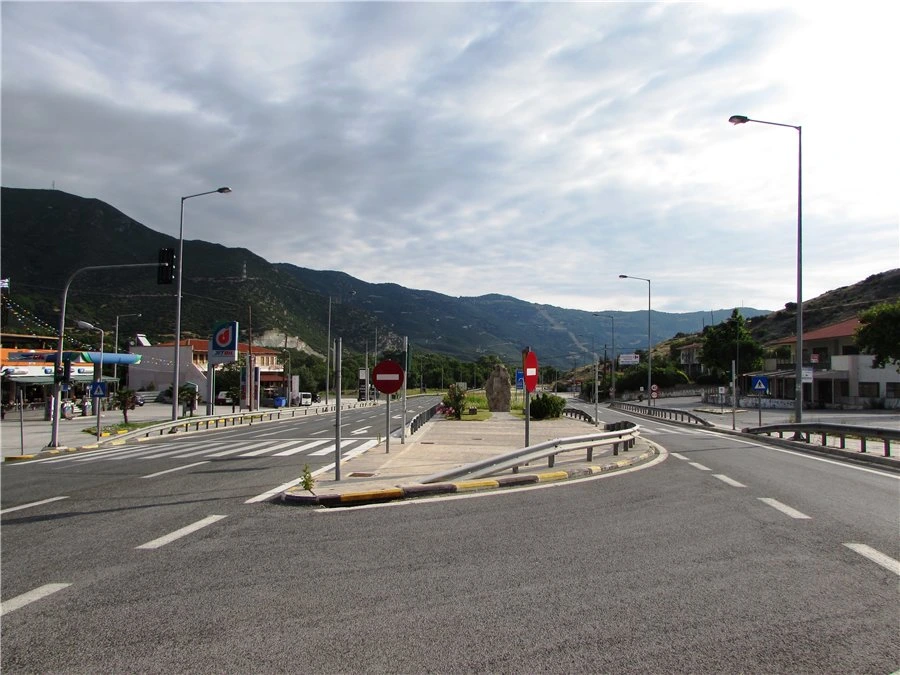
We cross the peninsula of Halkidiki, and then begins the Olympic mountain range. Here is the top of the clouds is the Olympus - almost three thousand meters, the main scene of the ancient Greek myths.
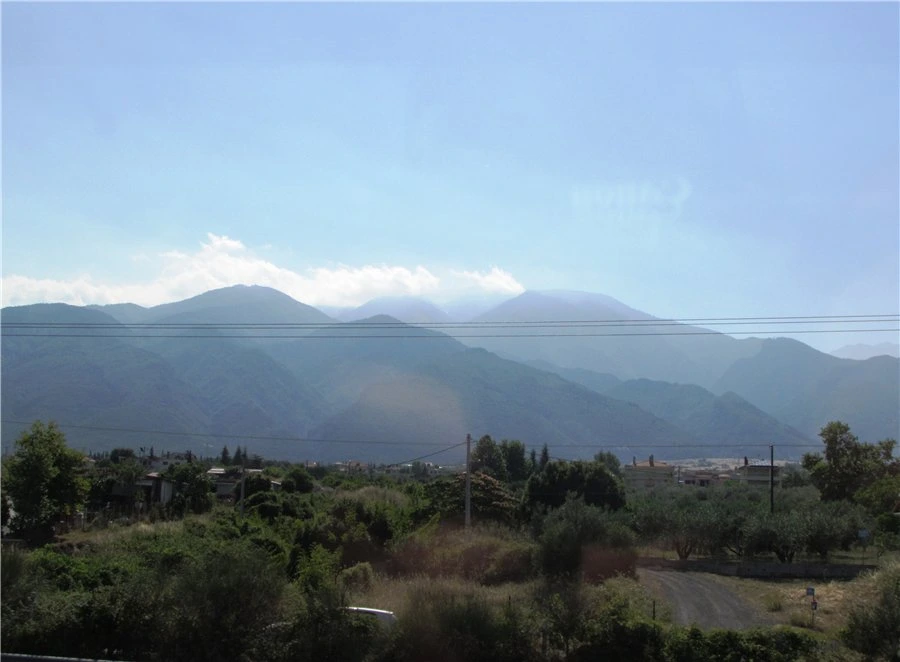
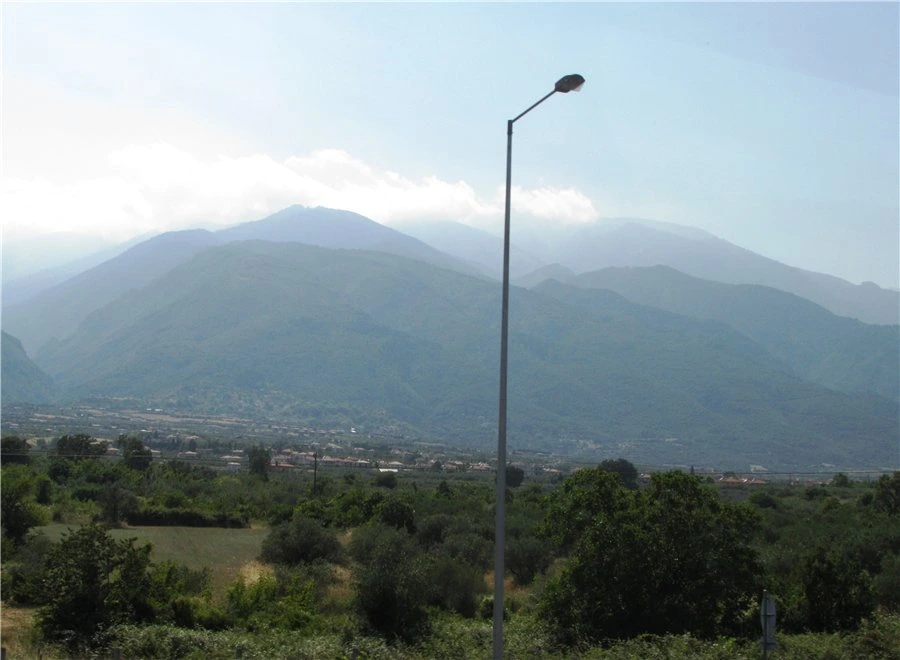
Tembo Gorge - also legendary: they say, this is where the story happened with Apollo and Daphne transformed into a laurel tree. In the valley flows the river Pinos, but the way it is almost invisible.
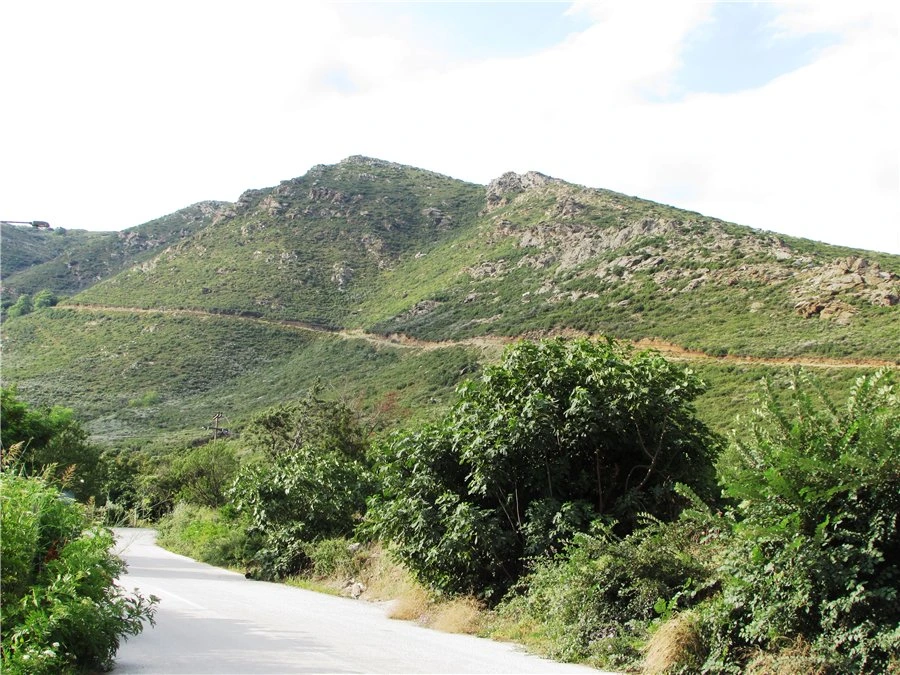
Thessalian plain far from the sea and surrounded by mountains, so it's one of the hottest places in Greece, in the summer here is under 40. Therefore, the plain grow different heat-loving crops such as cotton.
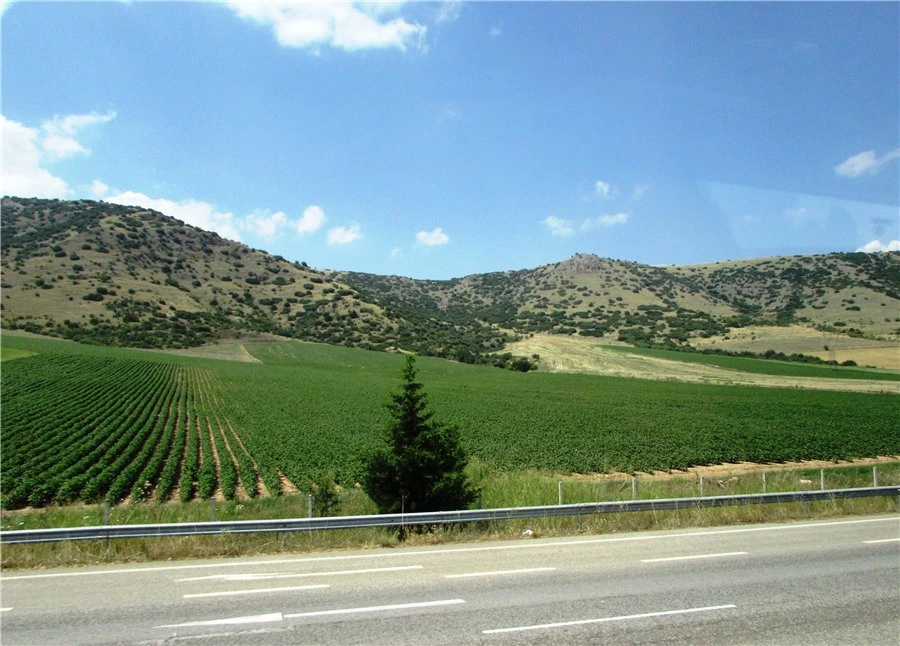
Meteors start here, and at first glance this area somehow reminiscent of the scenery for westerns.
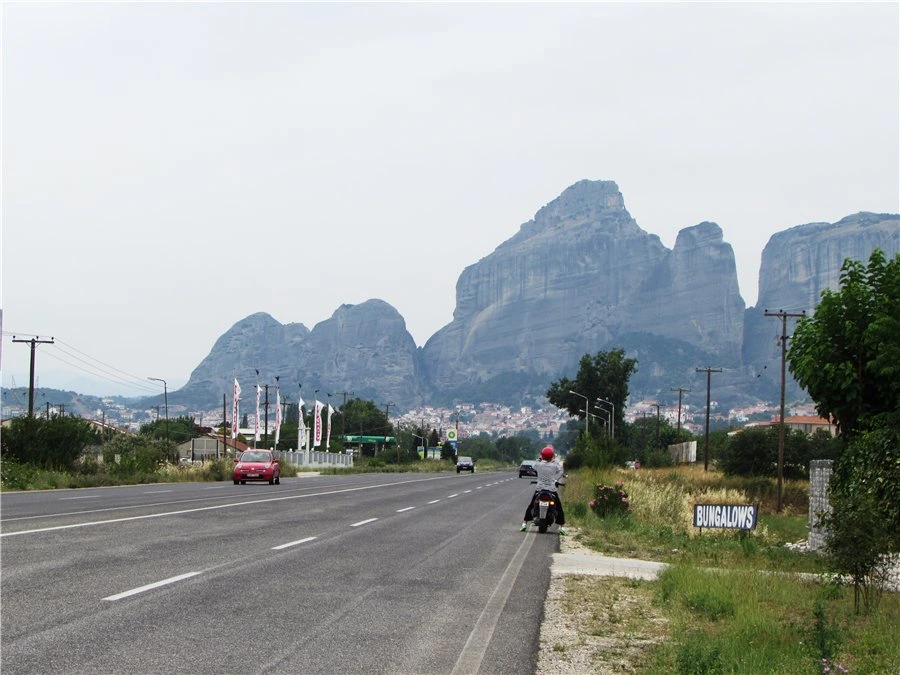
Pressed to the rock town with a Turkish name Kalampaka - Turks lived in it until the end of the XIX century, then these territories became Greek again.
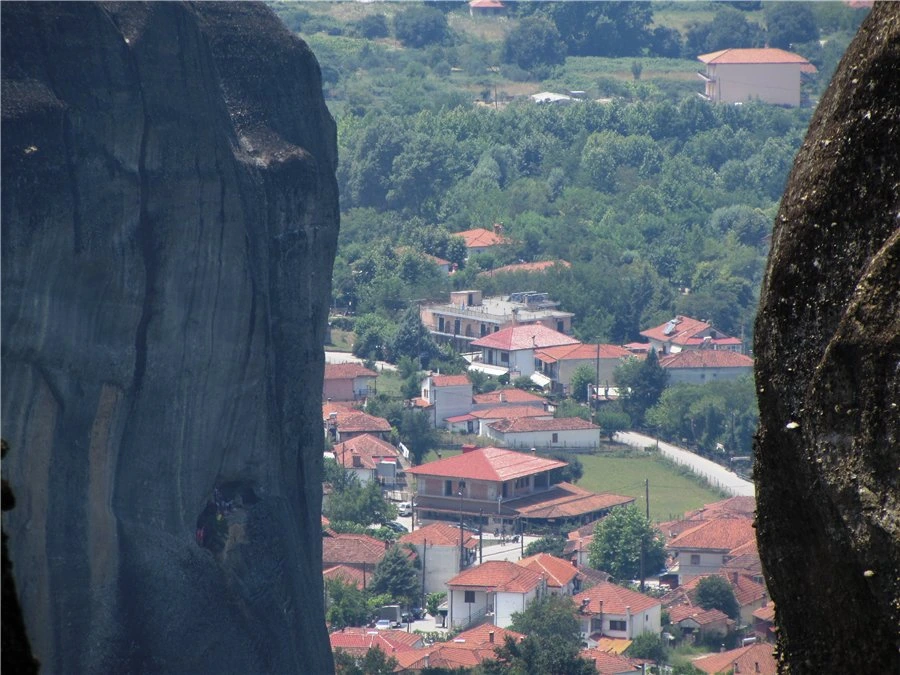
In the serpentine bus creeps up, and there really is breathtaking: from the sky rise greenery bare cliffs.
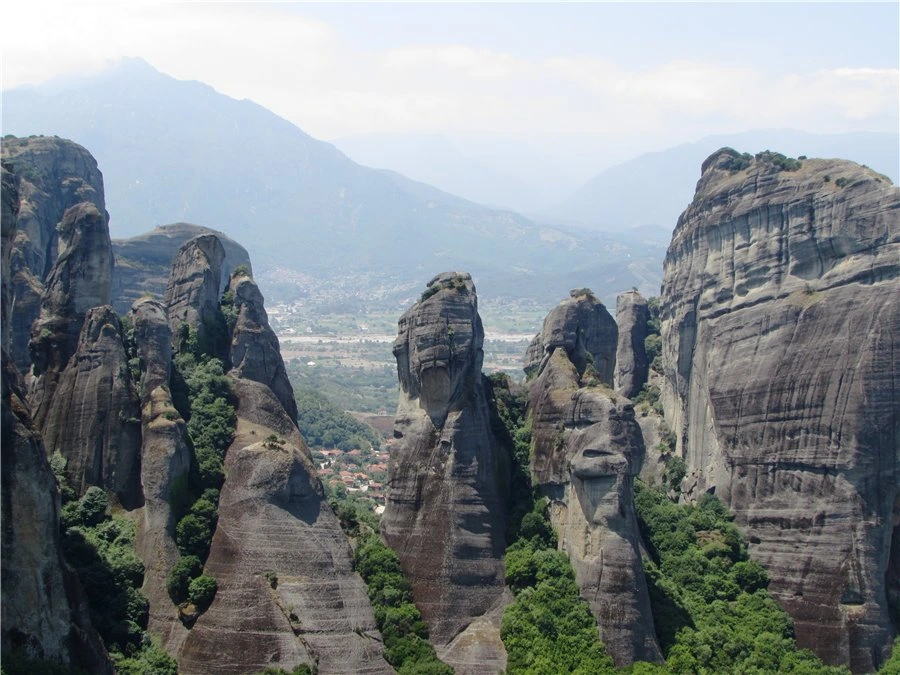
This is the Meteora - from the Greek "floating in the air." The Greeks say this word, so that once it becomes clear its origin: "met'Eora" literally "through the air, in the air."
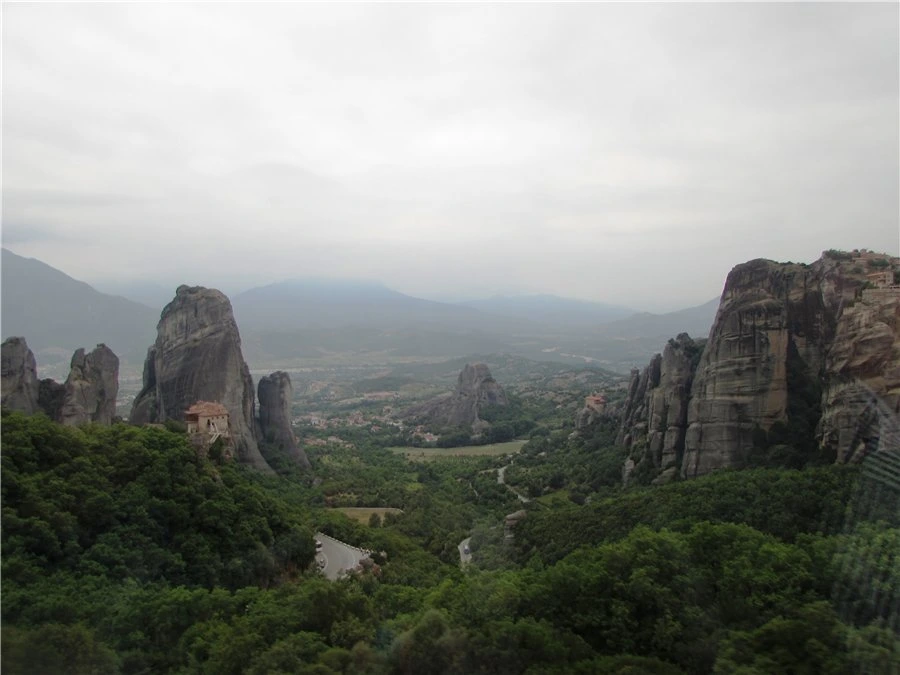
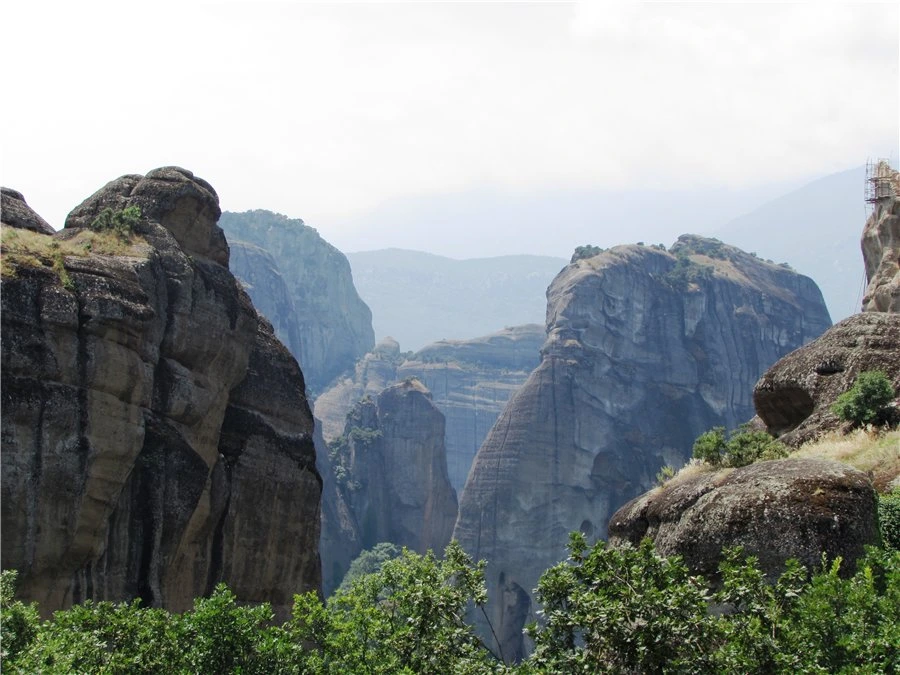
"Will be held under a rock, be sure to touch, yet it 20 million years" - says our guide. Here in general often heard figures that do not fit in my head, and against this background, our culture seems to be just the nursery.
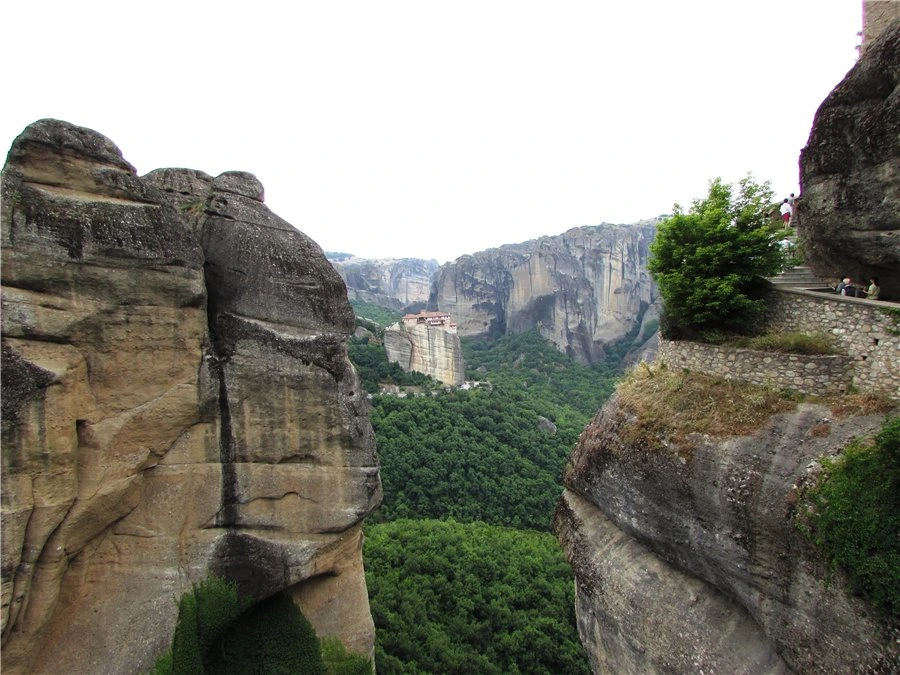
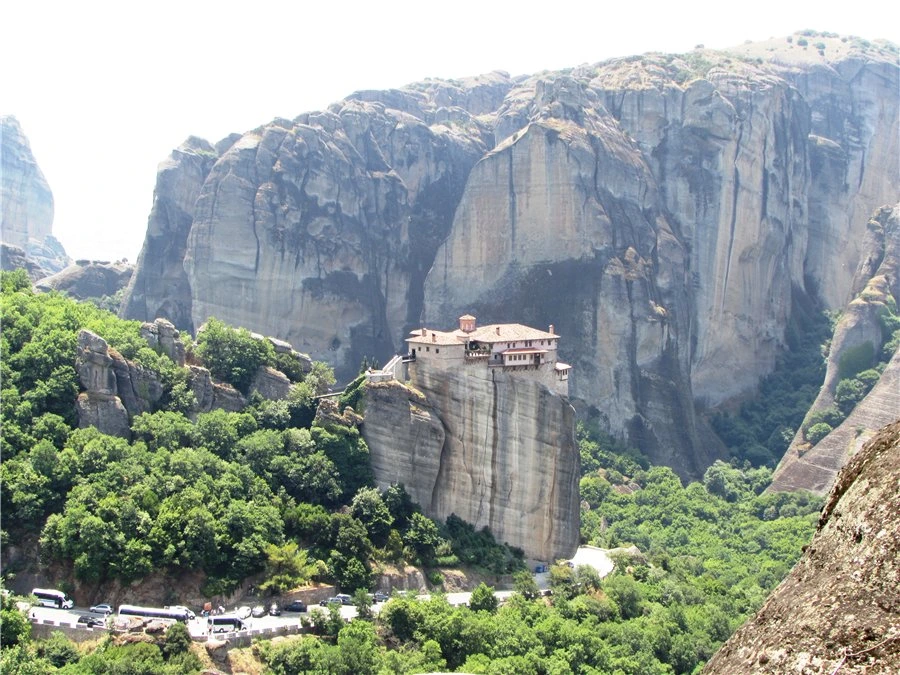
Near it is clear that the rocks are made up of tightly compacted sandstone and pebbles: suppose that once there was a bottom of the sea or a large lake. A million years ago formed Tembiyskoe gorge through which all the water glass, and stone giants made landfall. Their bizarre shapes - the result of wind and temperature changes.
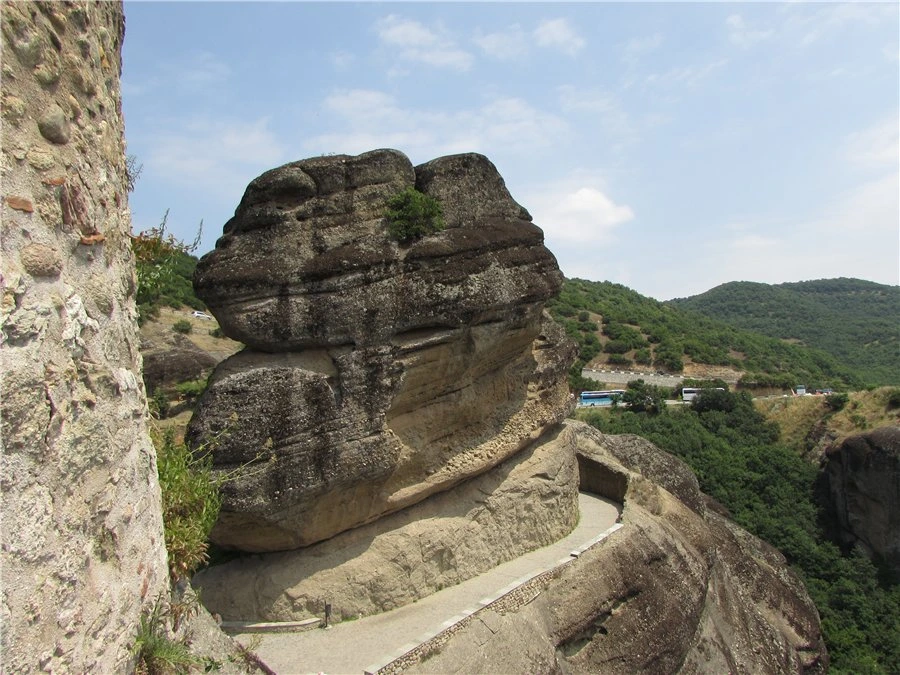
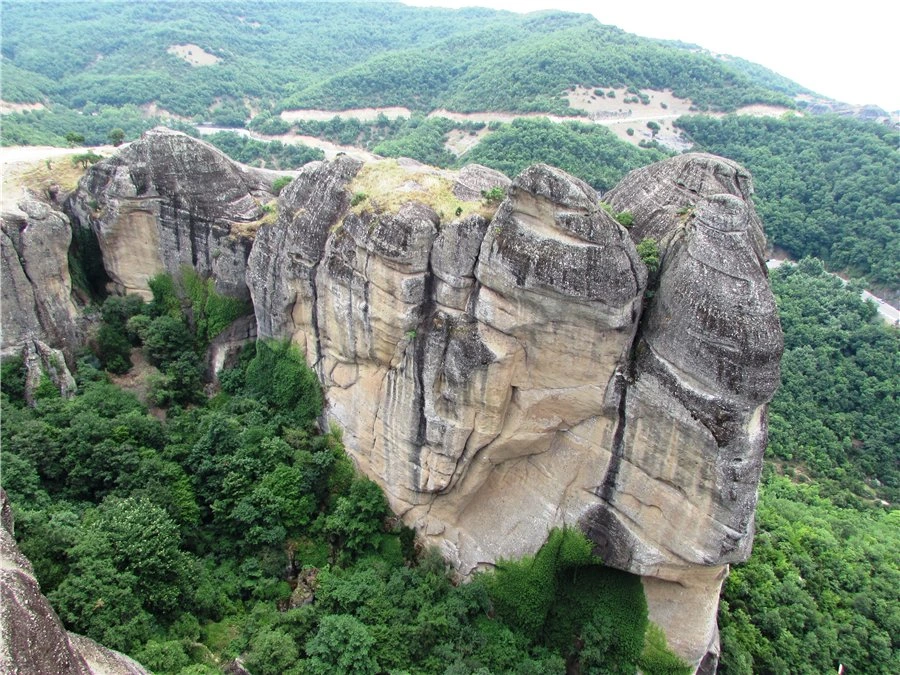
The ancient Greeks believed that around here lived the centaurs, and more than a thousand years ago, people came here - the monks and hermits. At first they lived in stone niches and caves, and later on a cliff built monasteries - monastic republic formed as meteors.
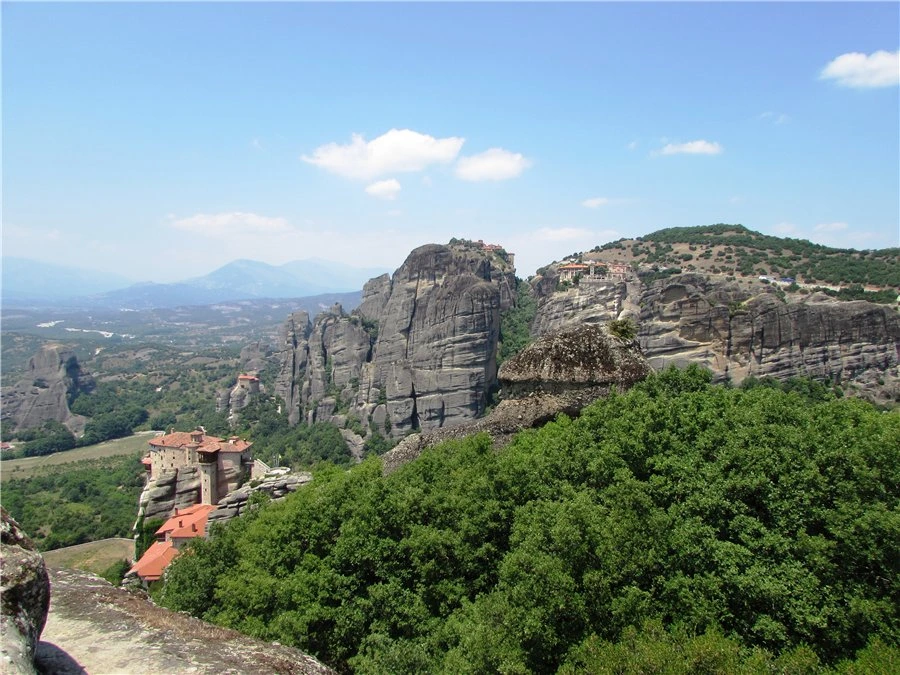
How were built on the 600-meter cliffs - this history is silent, and now appear to be man-made structures in the same miracle, like a tree, propped up a rock or mountain flower growing out of the stone.
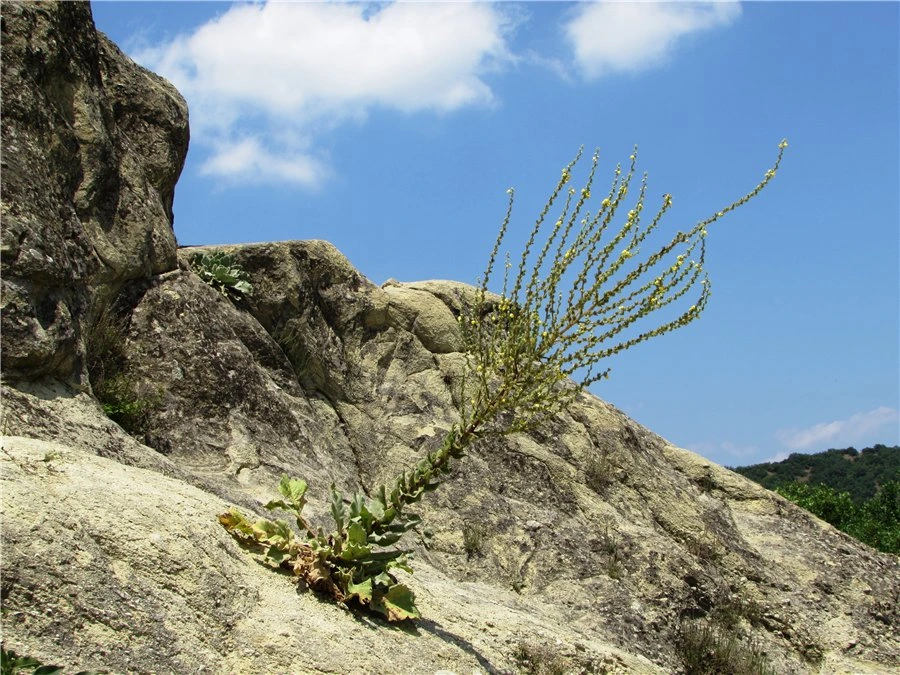

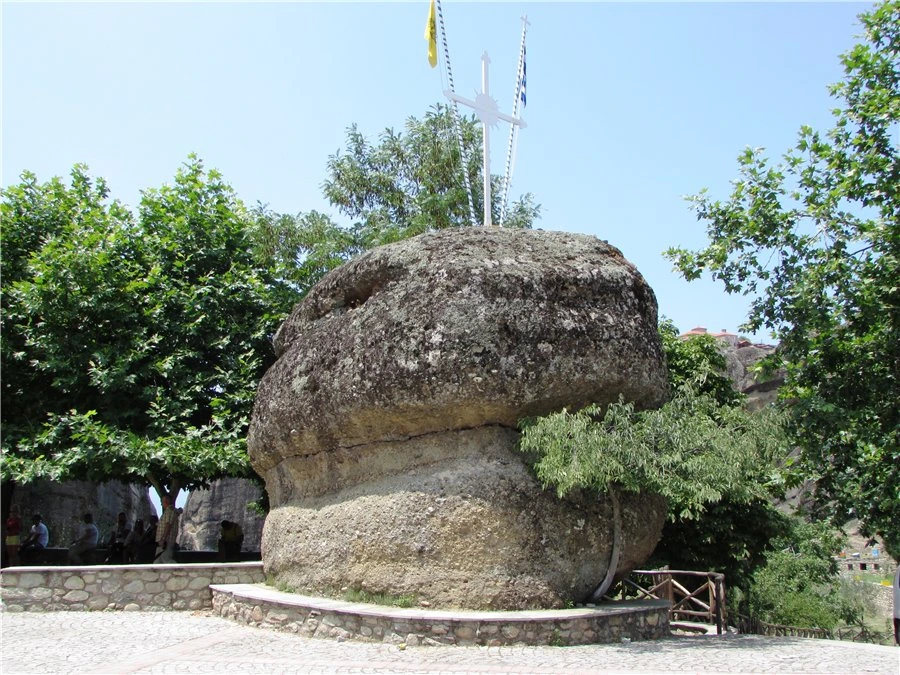
Once monasteries were 24, now there are six, we show the one - the Monastery of St. Varlaam.
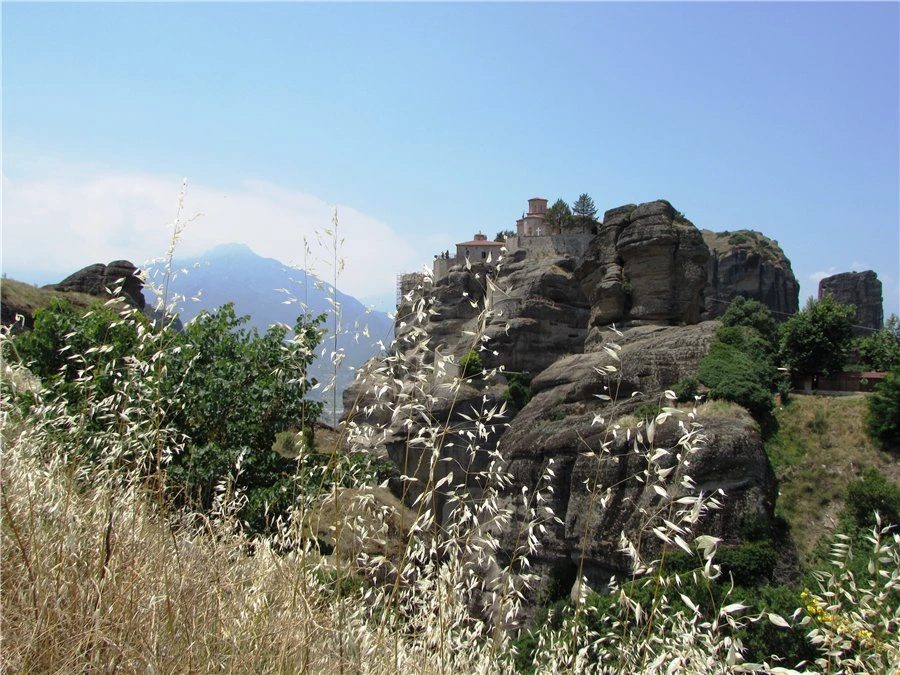
Collegiate Church of All Saints was built on the model of Mount Athos churches, but her two domes.
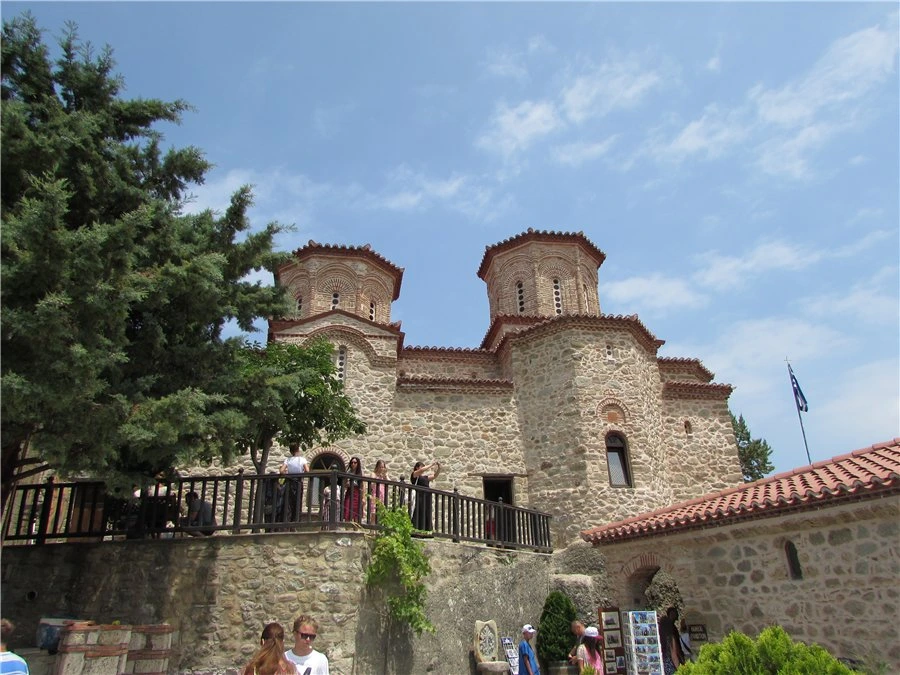
Inside hangs twilight, the light penetrates into the cathedral through a small window. The walls are painted with frescoes: XVI century, biblical scenes, gold and purple on a dark background. Under the ceiling - lamps with silver dragons along the walls - unusual wooden benches with high armrests. "The monks prayed here 14 hours a day, all the while they were standing, and only the oldest and at the very least allowed to sit down," - says the guide.
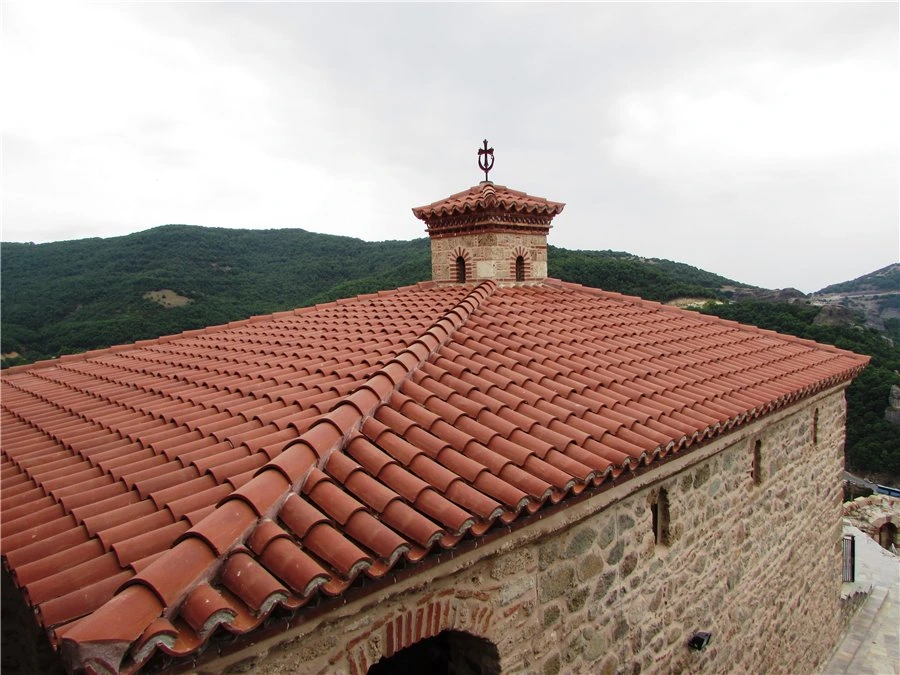
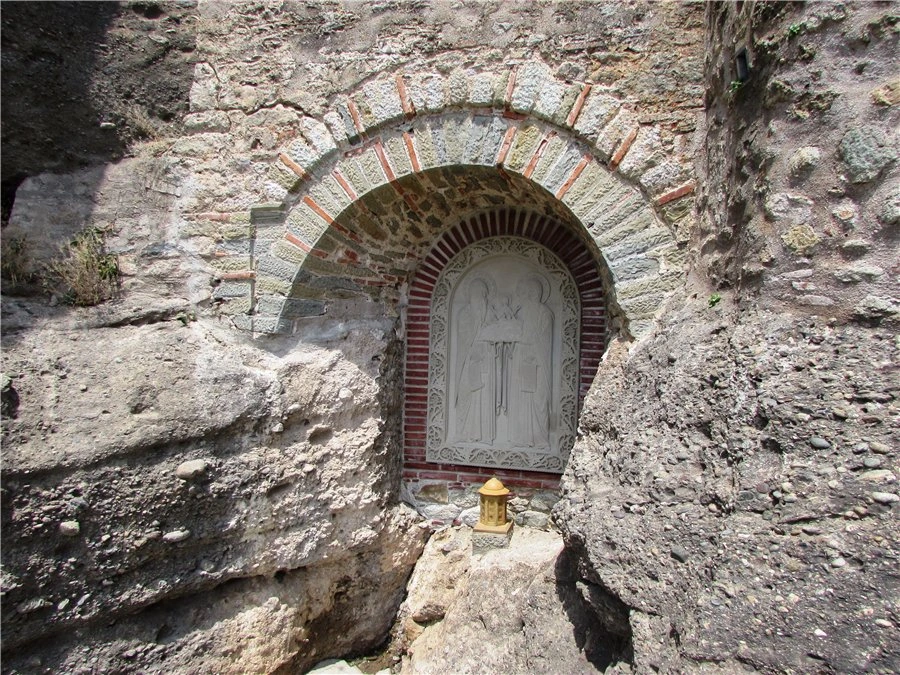
The church can not take pictures, in other areas - can be. This metal structure with a hammer long replaced the monks bell - Turks who lived in Kalampaka, at the time forbade chimes.
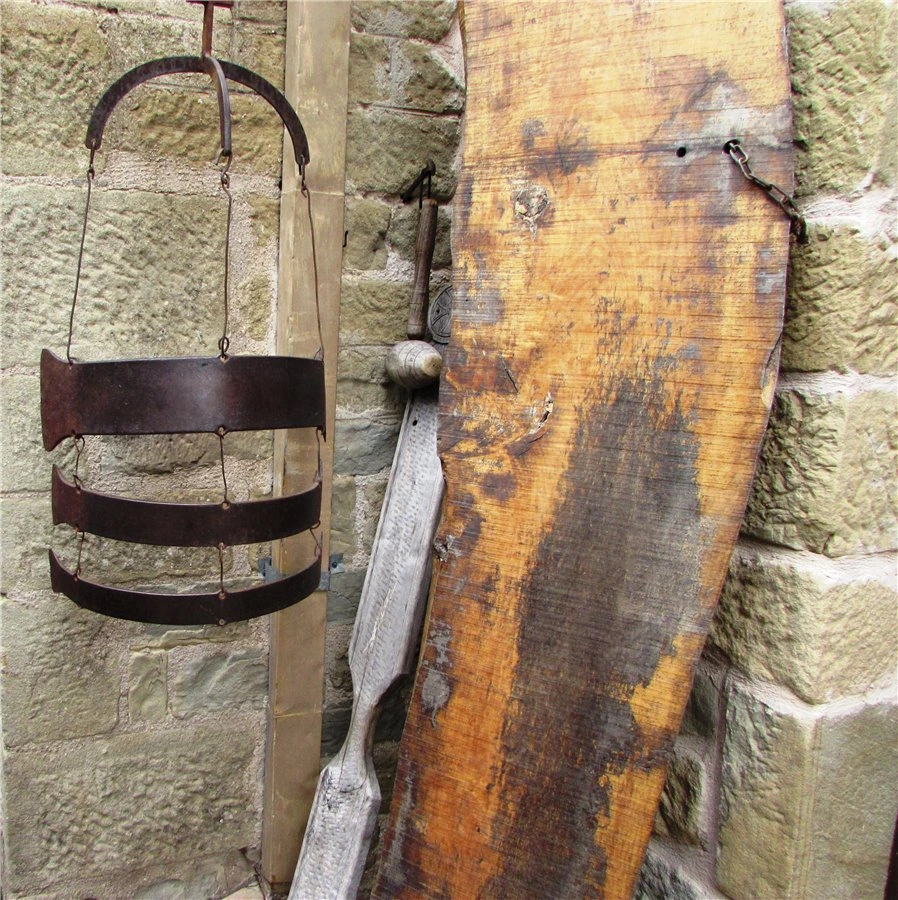
Bochechka water - 12,000 liters.
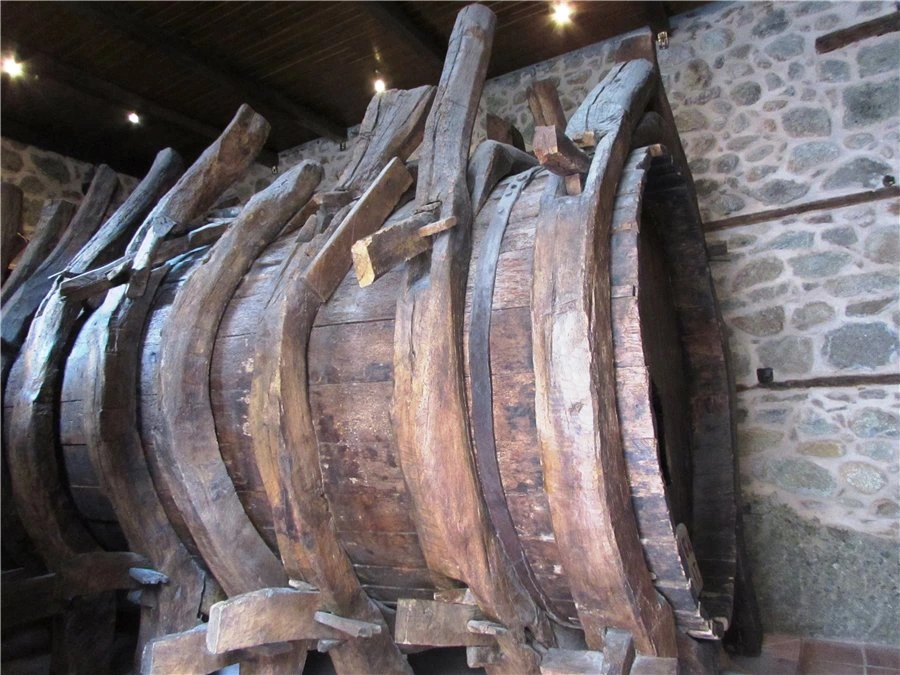
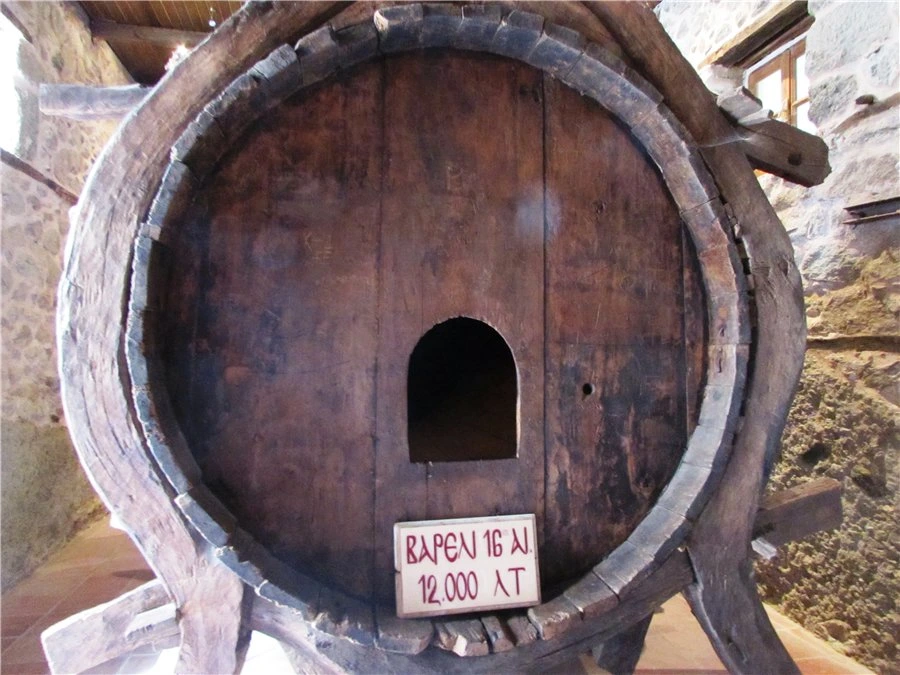
Products, building materials and even people raised in a monastery with the help of the winch, rope and large networks.
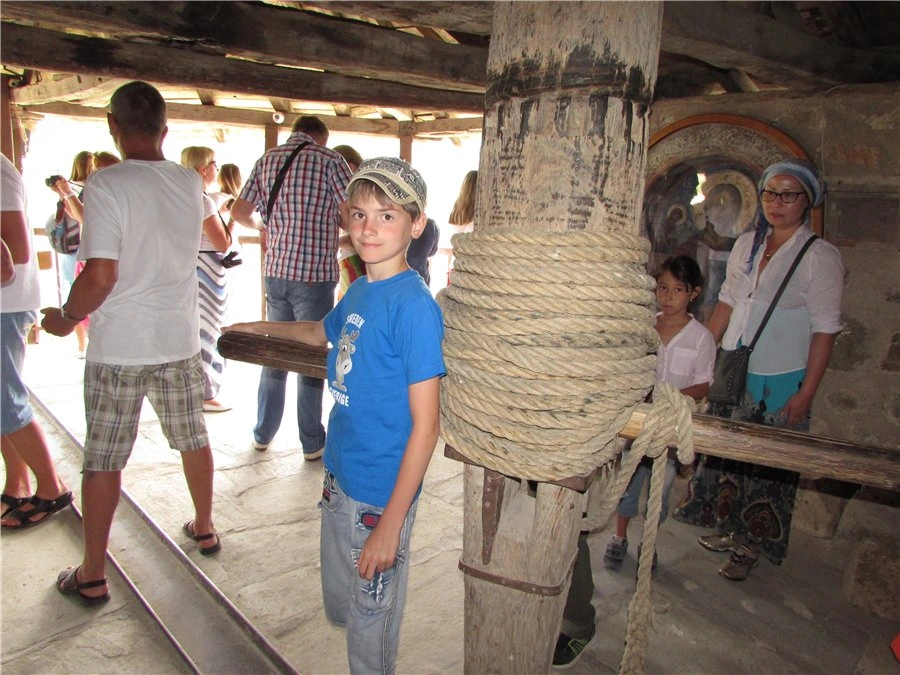
Who rope replaced with steel cables, network show tourists as exhibits, but the system is still in effect.
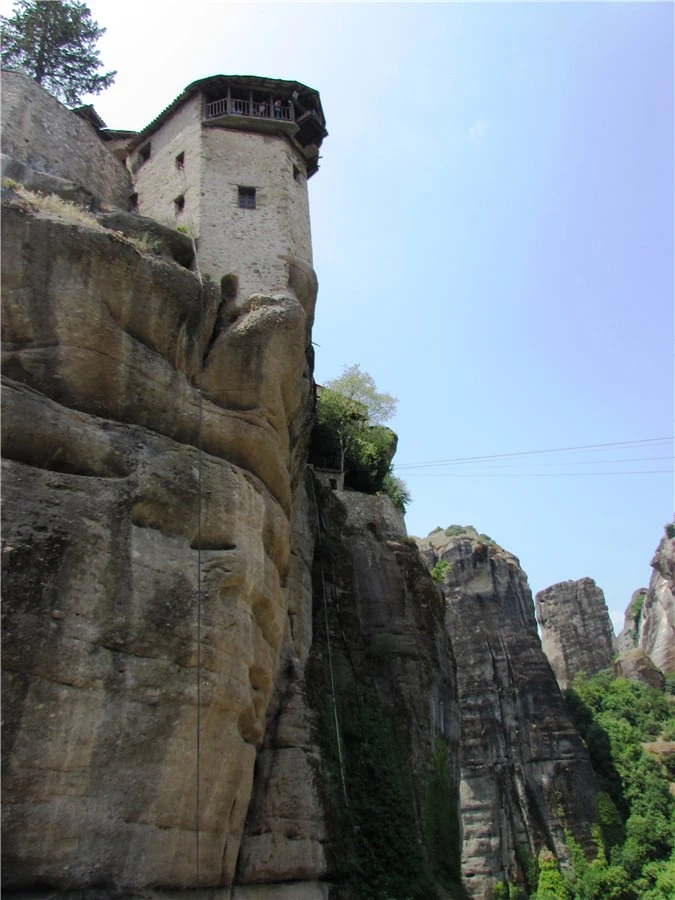
The stone steps on which the monastery rises tourists hacked are only at the beginning of the XX century.
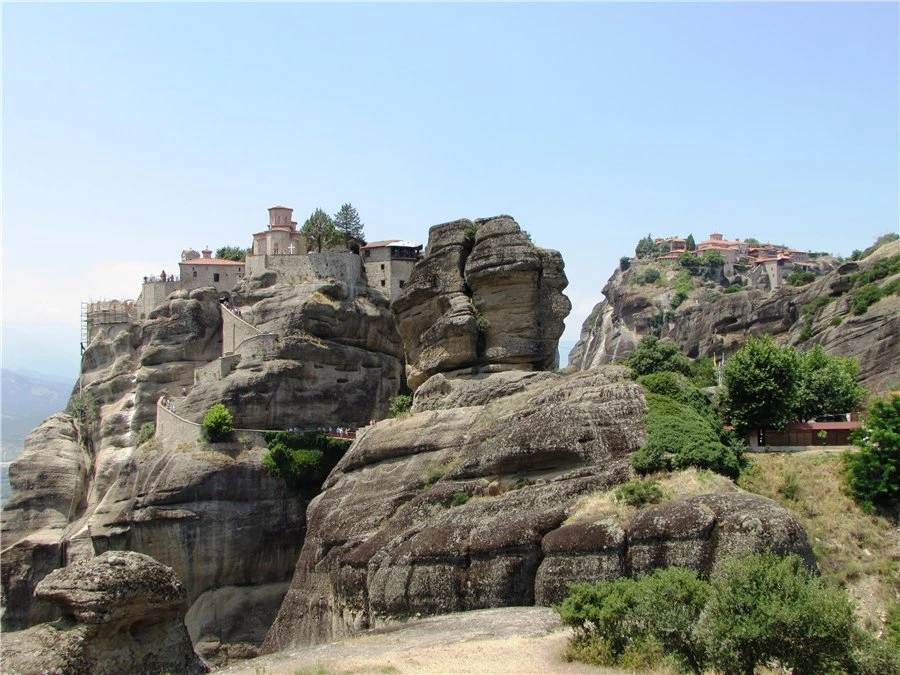
Under the walls of the monastery - fruit trees, beehives, and a small kitchen garden.
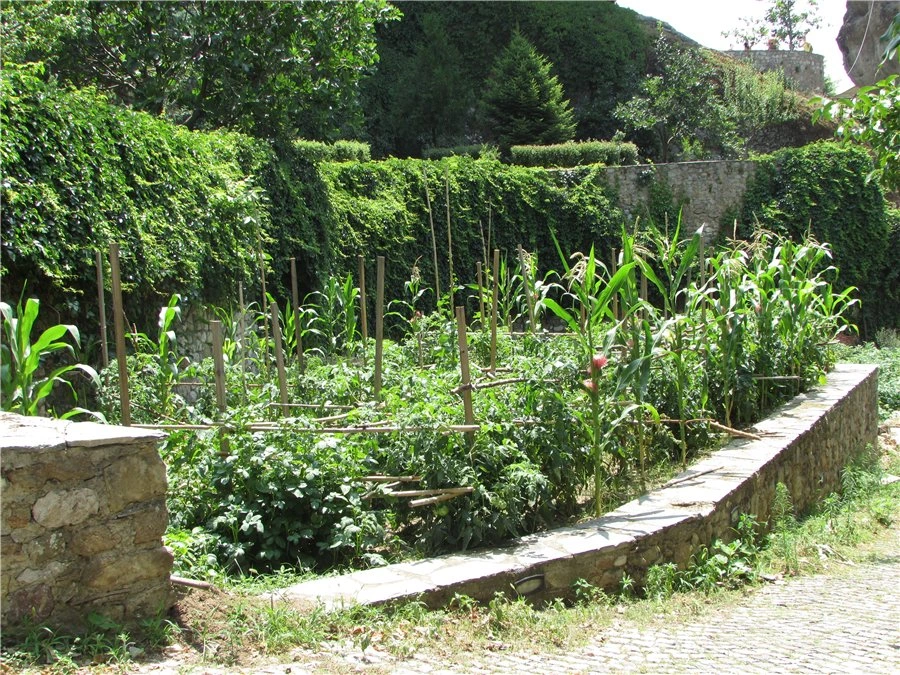
Now here live only three monks, other monasteries also not overcrowded. In general, if not for the numerous tourists and pilgrims, meteors could be called one of the most secluded places of our planet.
